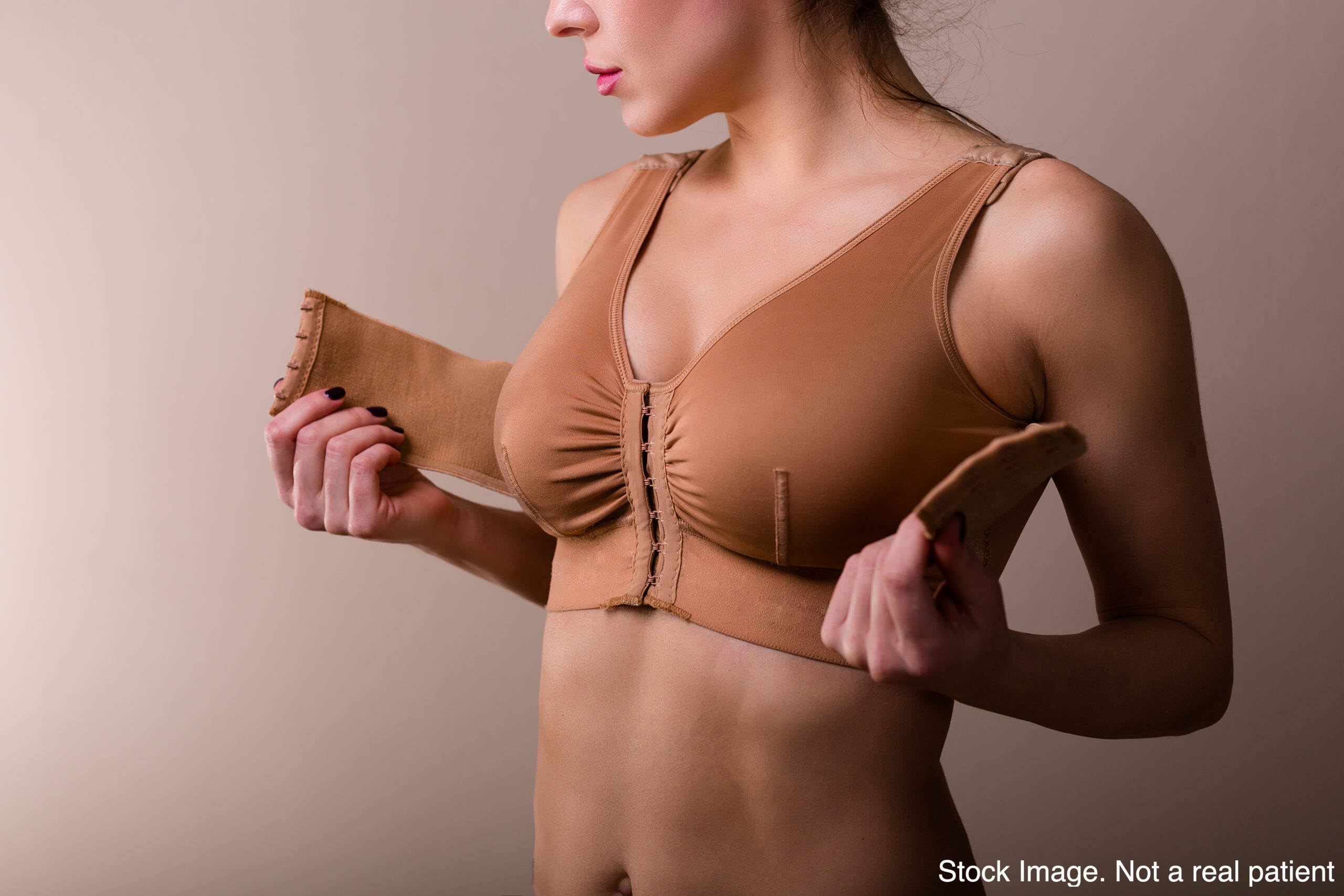
Large breasts cause some women physical and emotional issues.
A breast reduction can impact your life in a positive way, especially if your breasts cause pain, embarrassment or make it difficult to lead an active life.
If you are thinking of having breast reduction surgery, the following are eight tips for a safe breast reduction recovery.
Healing Process after Breast Reduction Surgery
The healing process after a breast reduction can take several months. How you look after yourself during the recovery process is important to getting the best results.
1. Carefully Follow the After Care Instructions
After your operation, you will receive instructions for your after care. You will have some discomfort and soreness, which is normal, so make sure you follow your surgeon’s instructions. These instructions will explain how to look after your wounds, dressings and any drains (if used).
Take any medications as directed to manage discomfort and reduce the risk of infection.
If you have any concerns, contact your doctor for advice.
2. Pain Management Strategies
There are some things you can do to manage your pain so you are more comfortable. This includes:
- Getting as much rest as you can.Try not to walk around too much and avoid doing anything that you should not do, especially in the first few days. Your body needs to rest after such a major procedure which will help you recover faster.
- Taking pain medication.Make sure you fill the pain medication prescription. There is no point putting up with the pain during the first days of recovery. Take the medication as directed to relieve the discomfort. Increased pain can put more stress on your body and slow down the healing process.
- Relieving swelling with cold compresses.You can relieve pain, swelling and bruising using cold compresses. Ask your surgeon how to use them for maximum benefit.
3. Assemble a Support System
As you know, breast reduction surgery is a major operation so you need to rest while recovering. While you may normally be fiercely independent, you need physical and emotional support after the operation.
Organise someone who can pick you up after the procedure and help around the house with the housework and the children in the first week of recovery. You may also need help caring for your wounds and with your dressings for the first few days.
4. Wear the Support Garment
Usually your surgeon will give you a support garment to wear after your breast reduction. Its purpose is to minimise the swelling and to protect your breasts from any bumps or damage. Your will need to wear it 24/7 for at least six weeks and then just at night for the next six weeks for comfort. Follow your surgeon’s instructions for using the support garment.
5. Modify How you Bathe and Sleep
After your breast reduction, you will need to change how you do some things. Your dressings are likely to be waterproof so you can shower the next day but avoid allowing the water to directly hit the wounds. It is best to shower from the waist down in the first few days. Use a handheld shower head if you have one. Once your surgeon changes the dressings to breathable ones you can shower as normal.
When resting, keep your upper body elevated to minimise the swelling. Sleep however is comfortable for you; flat on your back or sides is ok. It is more important to have a good night’s sleep than to try to sleep propped up. Do not sleep on your stomach.
6. Take the Time to Rest
It is understandable that you are eager to get back to your normal daily activities but you need to take the time to rest. It is vital to the recovery process. This means two weeks off work if you work in an office and up to four weeks if your job is more strenuous.
Do not exercise for the first few weeks to minimise the risk of complications. Get back into your fitness routine gradually. After four weeks as your healing progresses, start off with gentle lower body exercises. At around six weeks, you can progress to upper body and chest exercises. At this stage, your breast size should be stable so you can start doing most of your normal activities.
How long it takes to recover from your breast reduction is an individual journey. It depends on several things, including your age, how much tissue your surgeon removes, any medical issues, how you follow the post operative instructions and your expectations.
7. Take Care of Your Scars
No matter how careful your surgeon is during the procedure, some sort of scarring is inevitable. They can take up to 18 months to fade to match the colour of your skin or to turn into a lighter colour. Something you should know is that your scars will look worse before they look better. Have patience and look after your scars.
Scar management after breast reduction is important to minimise how well they heal. They will never go away completely but there are things you can do to help them heal:
- Massage with vitamin E cream
- Apply a scar gel
- Avoid infection in the area.
8. Follow-up Care after Surgery
Follow-up care after surgery is important for a safe recovery. Make sure you attend all follow-up appointments and ring your doctor if you have any issues, including:
- Ongoing pain that pain medication does not relieve.
- Bleeding from the wounds.
- A wound that opened up.
- Loose stitches.
- Signs of a fever such as swelling, pus oozing from the wound, a fever, an increase in pain or redness.
Are you considering breast reduction surgery Sydney? Make an appointment with one of the Pure Aesthetics experienced specialist plastic surgeons to find out if this procedure is right for you.




